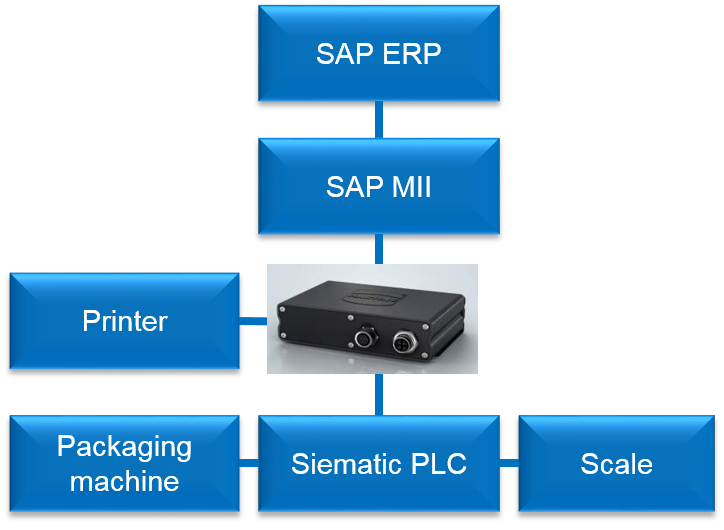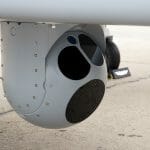- HARTING’s MICA edge computer enables workflow optimisation
HARTING’s MICA modular industrial edge computer is at the heart of a system for workflow optimisation at warehouse packing stations that offers the benefits of process optimisation for increased productivity as well as integrating incompatible hardware and software and simplifying the jobs of the packing operatives. The system, requiring minimal outlay for fast return on investment (ROI) and ongoing reductions in operating costs, has proved its value in successful trials at HARTING’s own warehouse packing facility in the company’s state-of-the-art connector manufacturing plant at Espelkamp in Germany.
The system is designed to address the challenges that are typically encountered where a customer order requires a wide range of separate component parts to be packed and shipped in one or more cartons. Previously, packers might have to interface with a range of different stand-alone computer control devices such as a weighing scale, a PLC that controls the packaging machine, and a printer for the labelling of the packaging films. In such a configuration, the employee would have to operate all these devices individually, enter the values manually into the management ERP system, and manually adapt work instructions.
By integrating a MICA edge computer at the packing station, the new HARTING approach combines all these actions, automatically executing the intermediate steps and transferring all the data from one system to the next and into the ERP system. For example, using SAP data transfer via OPC UA to SAP MII (SAP for Manufacturing Integration & Intelligence), the work instruction can be transferred from ERP via RFC, transferred to MICA via JSON, translated in STEP 7 and loaded into the PLC.
The packer now has only one user interface. The number of manual work steps is drastically reduced by the integration, and the packaging process is significantly accelerated. By utilising other features of the modular MICA device, successive additional KPIs and extra processes can be captured through its operating software. For example, by integrating an RFID antenna function module with dual antenna ports, it becomes possible to identify both the tagged transport containers of packed parts and the employee’s personal ID card. The MICA computer can thus automatically log on and assign the packed parts to the employee’s unique identification record. As a result, the packing process information can be integrated directly into a piecework payment system.
By adding a single MICA device into the packaging process at a typical packing station, it becomes possible to reduce the overall packer’s process time by a factor of at least ten, representing a major productivity improvement.
Three key benefits of the system can be summarised as follows:
- Increased productivity at the packing station: Several separate operations that were previously carried out independently and manually are now automated and integrated by the MICA computer.
- Integration of incompatible hardware and software: The open software architecture of MICA allows communication between incompatible devices and integrates them into the factory ERP/MES system.
- Simplification of the packer’s workstation job: Several operations that were previously carried out separately and manually are now integrated and automated, leading to a tenfold improvement in productivity.
Further benefits of the MICA system result from the fact that the hardware is very compact and meets IP67 environmental protection standards, allowing it to be located in harsh factory and warehouse environments. In addition, the modular hardware design allows further enhancements and modifications to meeting changing application requirements.
About HARTING
The HARTING Group develops, manufactures and distributes electrical and electronic connectors, network components, pre-assembled system cables, and backplane assemblies. These products are capable of withstanding the harshest demands in industrial environments and provide high data rates for electronic applications.
HARTING connectors and network components are used in mechanical engineering and plant manufacturing, in automation systems, energy generation and distribution, and in electronic and telecommunication markets. Industrial connectors are also vital in construction machinery, rail vehicles and shipbuilding. HARTING offers Ethernet network components and cable systems for both indoor and outdoor networking applications involving power and data.
HARTING today employs a workforce of nearly 4200 in 43 countries. For further information visit www.HARTING.co.uk








